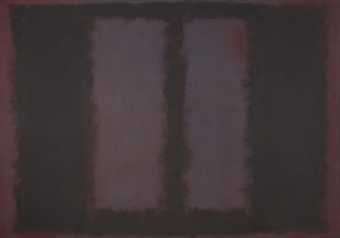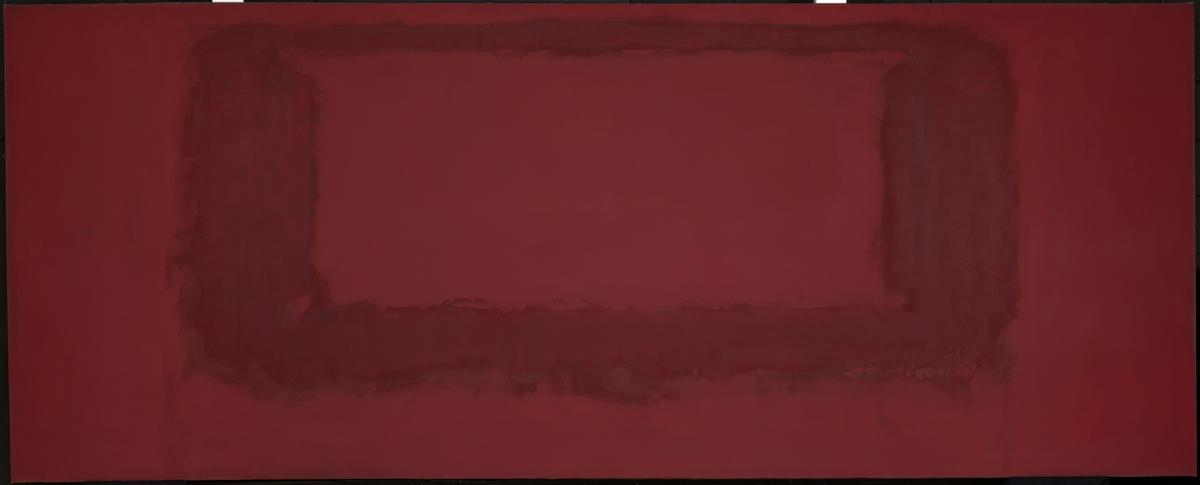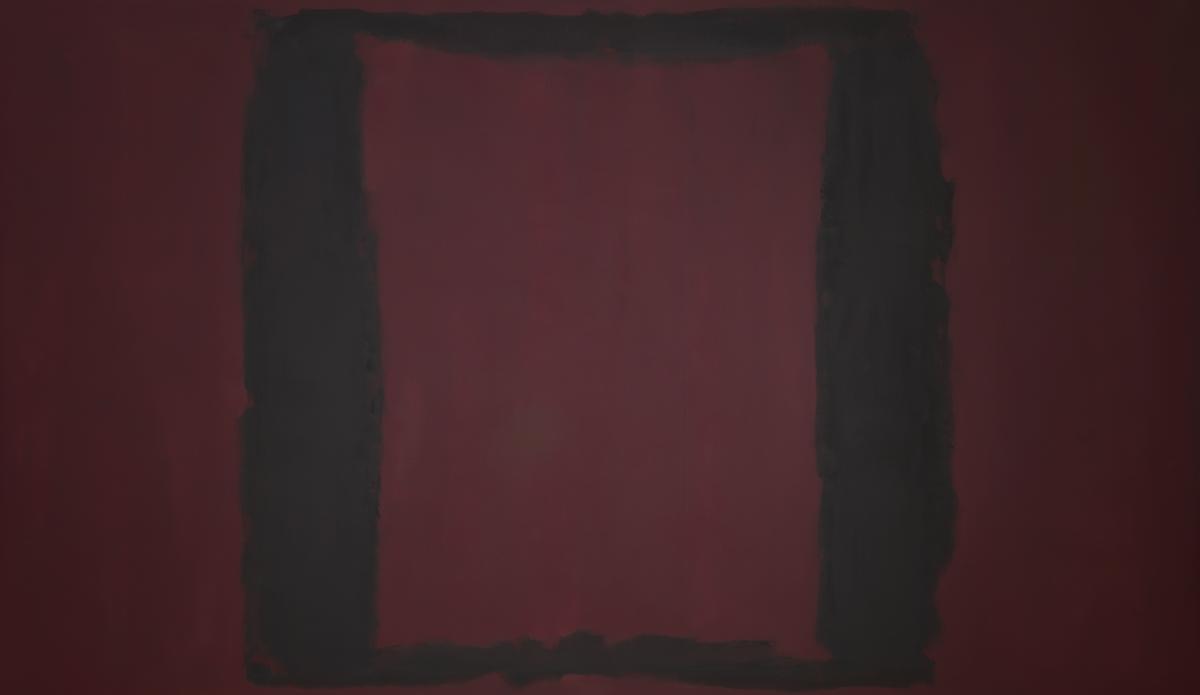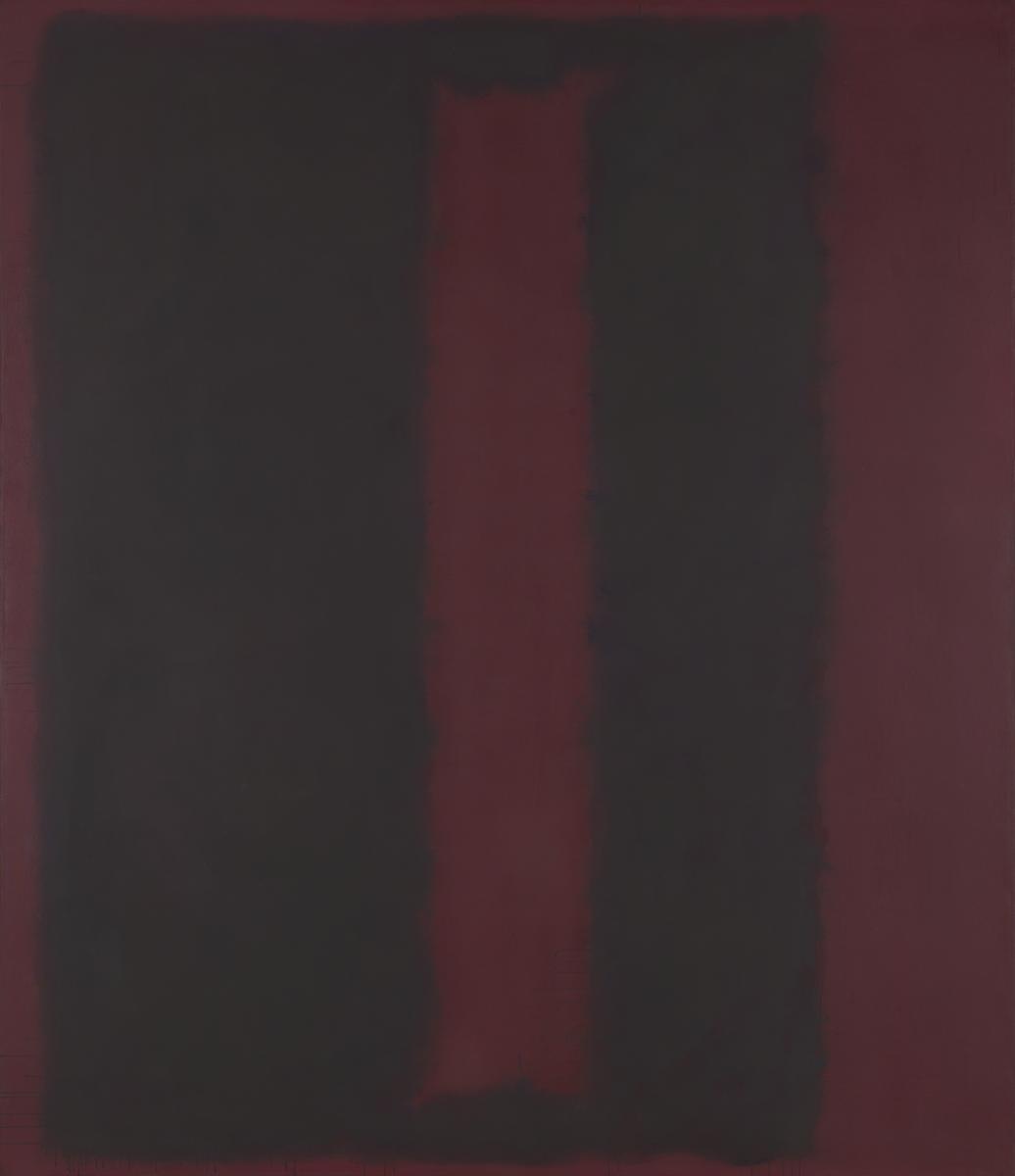11 rooms in In the Studio
The large-scale paintings in the neighbouring room – known as the Seagram Murals – were designed to immerse audiences
In 1958, Mark Rothko was commissioned to produce a series of works for a restaurant in New York’s Seagram Building. He constructed a scaffold in his studio to match the site’s dimensions, allowing him to paint at scale. He said that his paintings, ‘are involved with the scale of human feelings, the human drama, as much of it as I can express’.
The resulting works were much darker in mood than Rothko’s previous paintings. The bright and intense colours of his earlier canvases shifted to maroon, dark red and black. He described them as ‘more sombre than anything I’ve tried before’.
In 1960, after more than two years of work on the project and with a studio of completed paintings, Rothko withdrew from the commission. He felt the exclusive environment of the restaurant was an inappropriate setting for his artworks. He later presented a selection of nine canvases from the series to Tate.
‘This kind of design may look simple,’ Rothko remarked about his paintings, ‘but it usually takes me many hours to get the proportions and colours just right. Everything has to lock together. I guess I am pretty much a plumber at heart.’
Art in this room
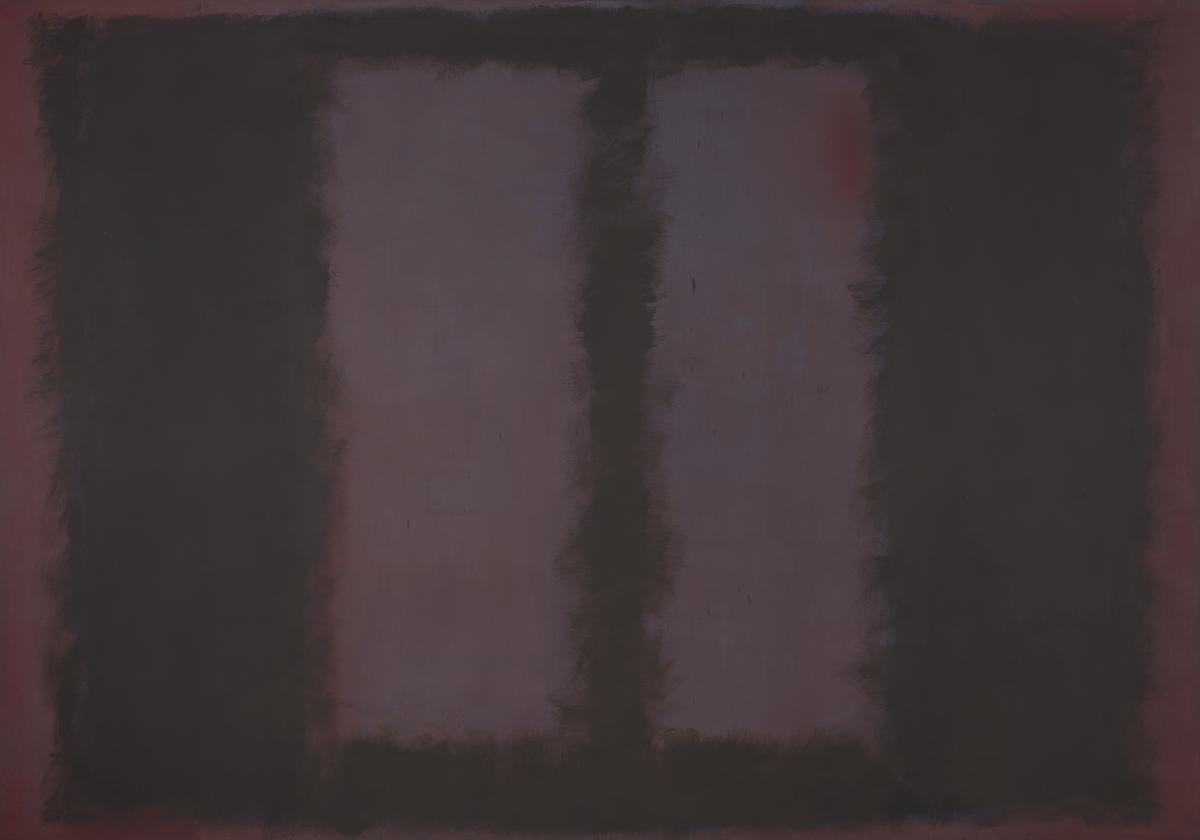
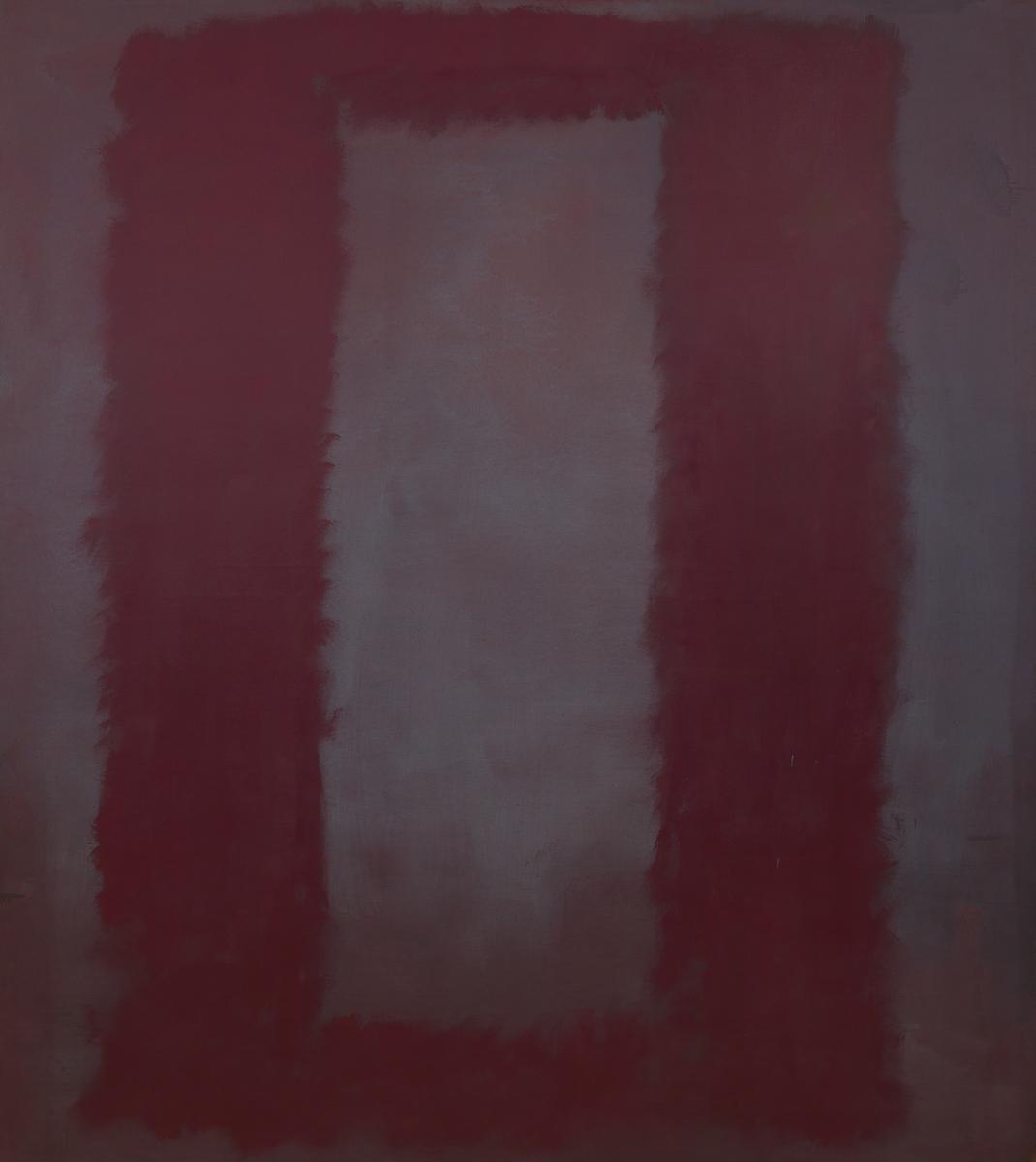
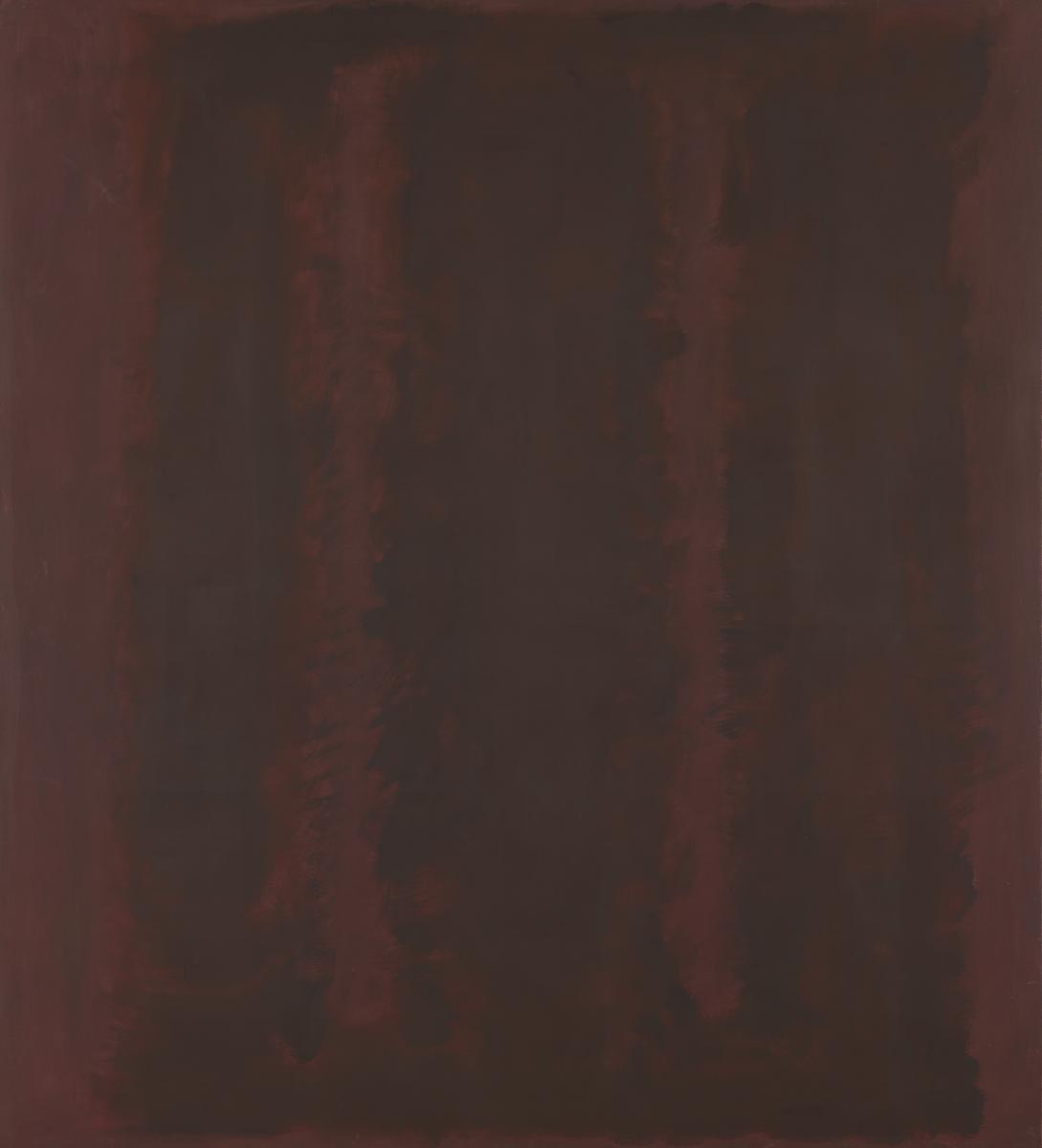

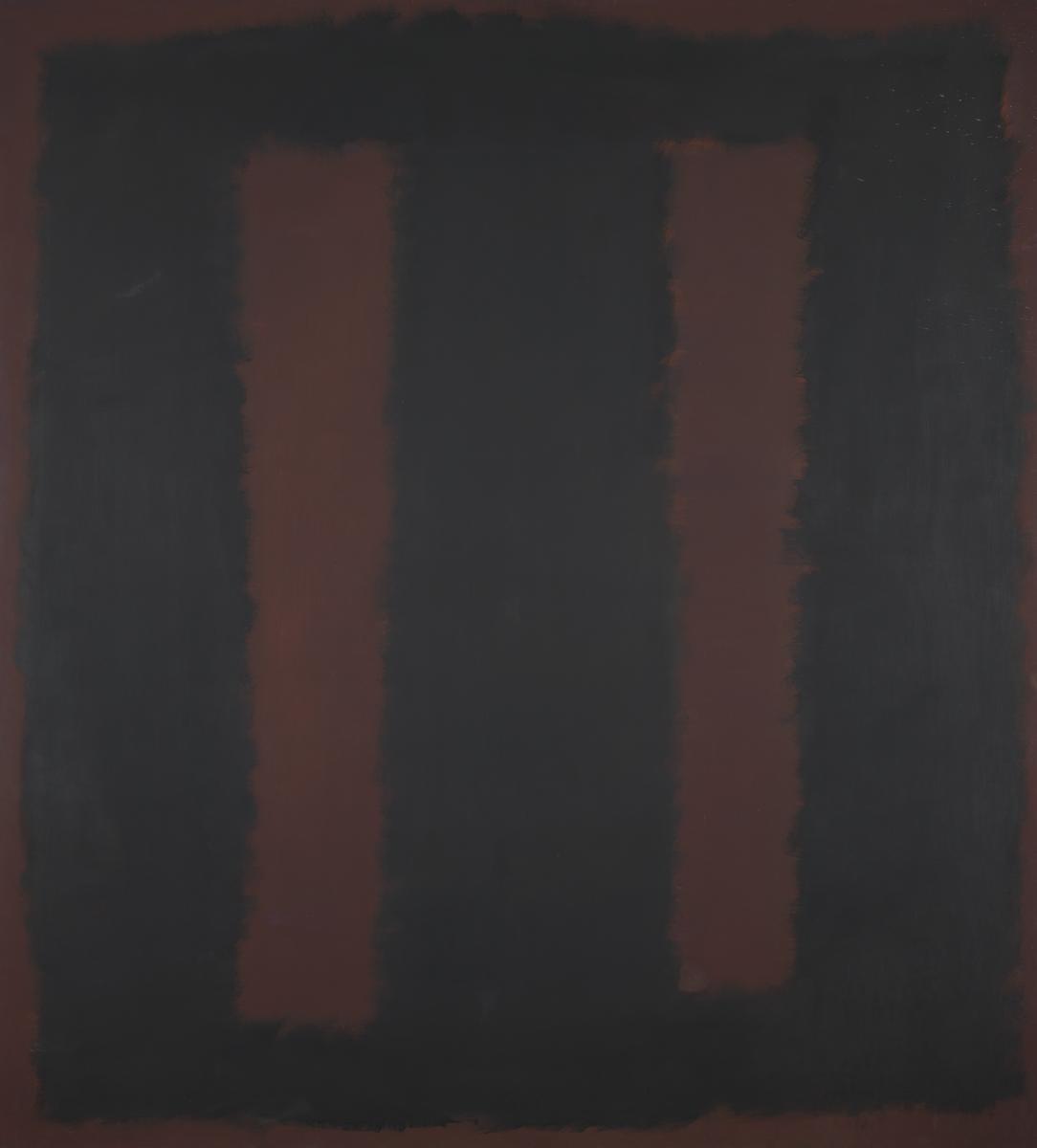

You've viewed 6/9 artworks
You've viewed 9/9 artworks

